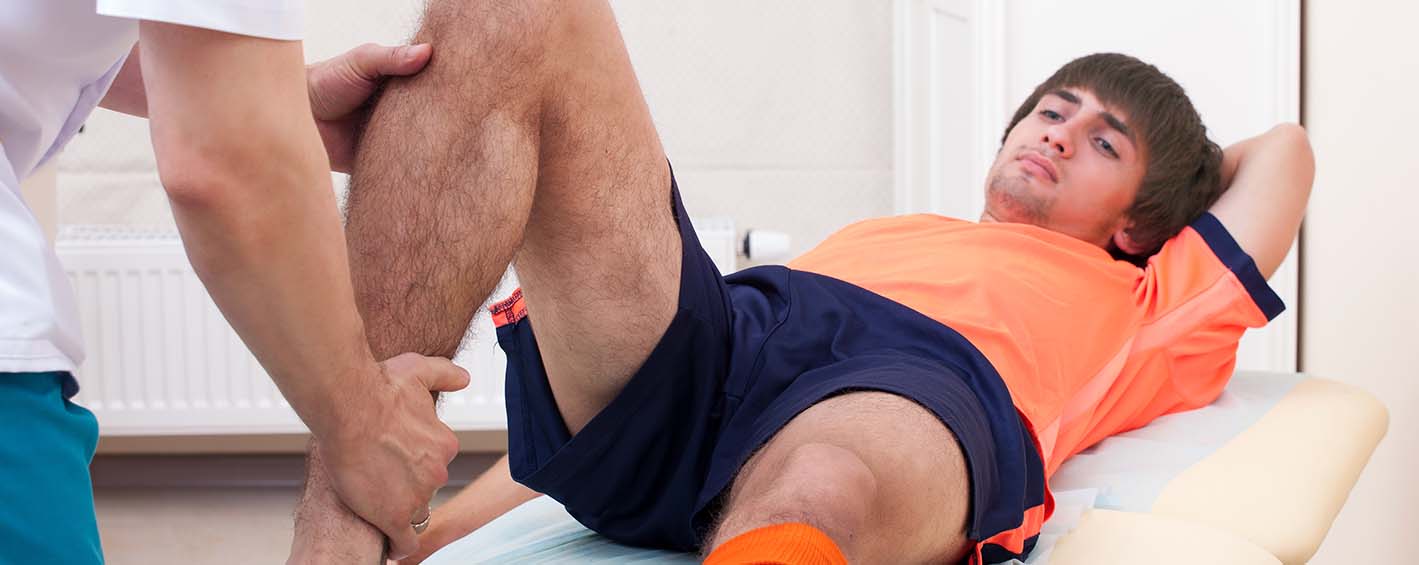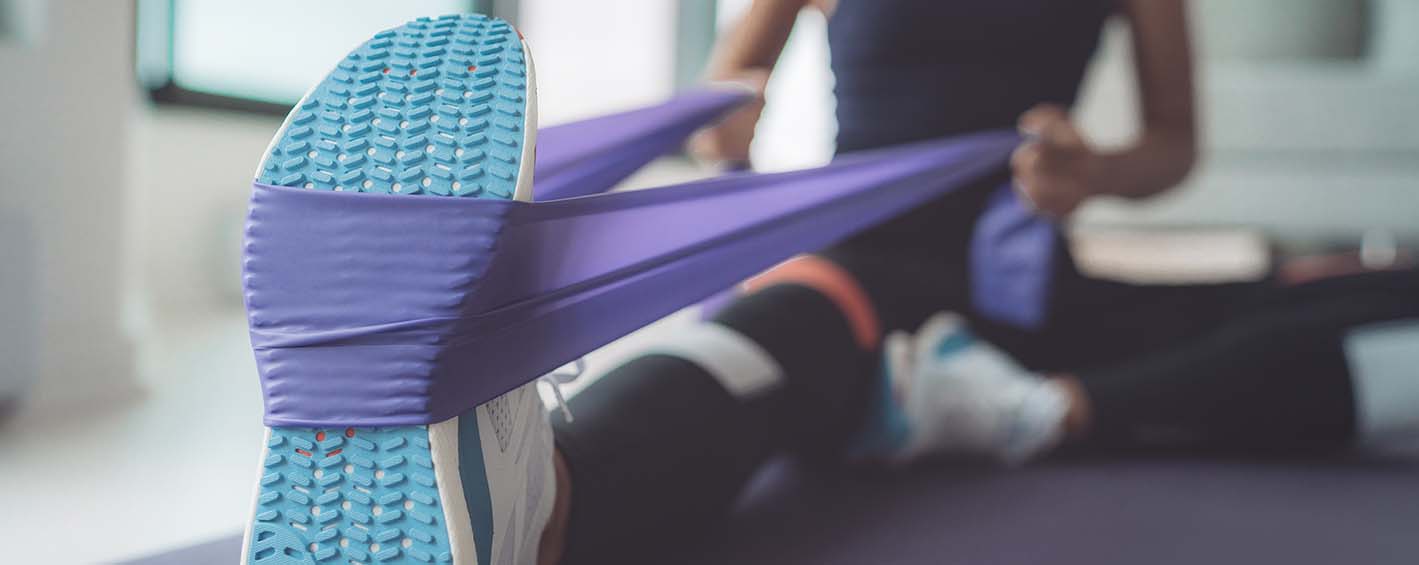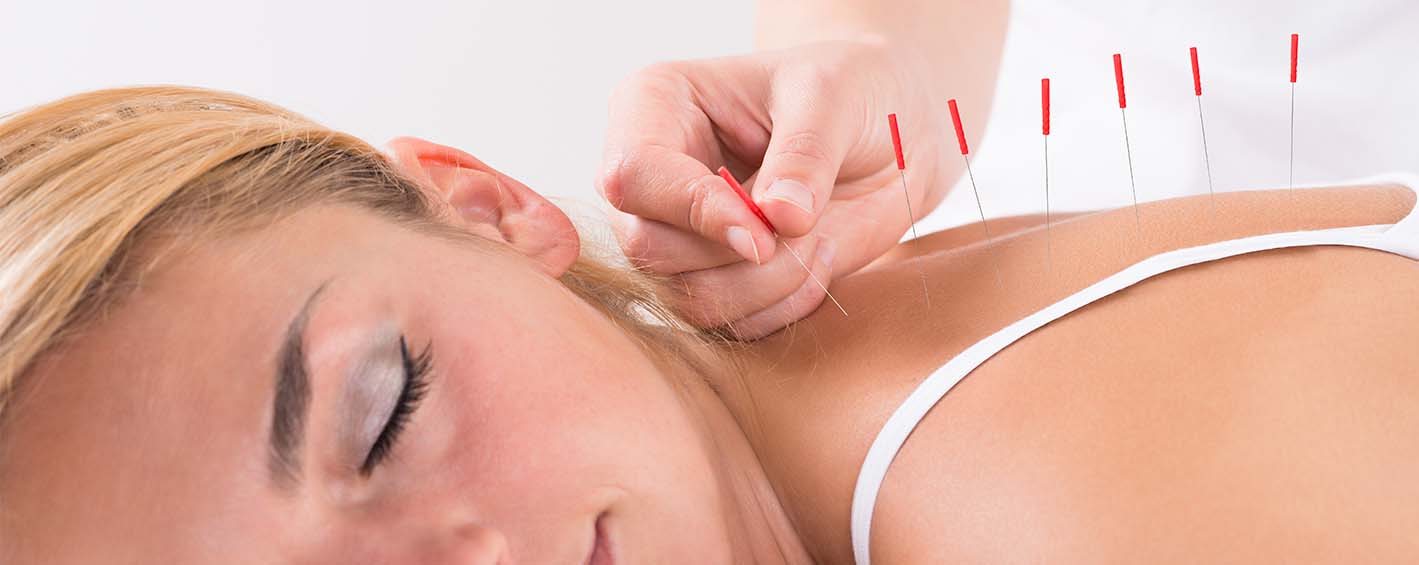Share it
Football managers have always called everyone in the Sports medicine team “Physiotherapists” without acknowledging that different expertise is needed for different types of problems. Ricardo Johnson sheds light on some of the disciplines involved.
In football whenever you have an injury - players are told to “go see a physiotherapist - they’re the experts.”
This has been further complicated by the Chartered Society for Physiotherapists (CSP) successfully getting the term ‘Physiotherapy’ protected - so it cannot be used by non-physiotherapists.
This would have massive implications for everyone in the game. Firstly the assumption to be made is that only physiotherapists are capable of dealing with the injury management at a football club and that other disciplines are inferior.
Secondly, the medical world has assumed that in football when other professionals get called physiotherapists they falsely accept the title, rather than wanting to be acknowledged for the practitioner that they want to be.
Accrediting bodies for other practitioners are trying to set themselves up to try and gain recognition and status – but the respect is slow in forthcoming.
What should an injured player do?
In the middle of all the politics - are the injured players. Who do you see? What treatment should you take? Each practitioner is fighting for its own slice of the football cake. Some do argue that “their discipline” is the best.
With all the talk about different types (chiropractor vs physiotherapist vs sports massage therapist vs osteopath) don’t believe any practitioner that says “physio is better that osteopathy” or “sports massage is better than a session with a chiropractor” chances are they are a after your money.
So what is the difference? Why are there so many types? The thing is each discipline is a specialist thing. Any good therapist, although they will be a specialist in one discipline – they should have a bit of knowledge about everything and can guide you through the whole process of injury, maintenance, and rehabilitation.
My guide to the different disciplines

Osteopathy - is all about bones and joints. It Comes from the Greek word “Osteo” which simply means bones. It works on the principle that all skeletons go through daily rigours and after a while the joints and bones fall out of sync with each other. By stretching, moving and manipulating the limbs and joints this skeleton will eventually fall back into its preferred position of alignment.
Practitioners will do this by carrying out a series of rhythmic smooth sets of movements around the respective joint area/areas where the pain or miss-alignment has been identified.

Chiropractor – is again related to the bones and joints. It has a lot of similarities with Osteopathy. The main feature with the form of treatment is the short, sharp thrusting movements that a practitioner will apply to the joint area related to the problem at hand. This is intended to “re-align” the joint and therefore the whole limb and soft tissues surrounding this area.
Sports massage/soft tissue therapy – focuses mainly on adhesions and tightness (what lay people call knots). When muscle tissue gets damaged by trauma/injury it can become short in length and develop tightness as well as lumps and adhesions (knots).
By using manual techniques, it aims to repair damage to the soft tissue and encourage blood flow to the damaged muscle. The manual use of hand techniques and applying different levels of pressure is intended to encourage repair. Also hot and cold can be applied to encourage muscle tissue to repair.
Physiotherapy – Coming from the latin work “Physical” “Physiotherapy means just that. It is based on physical methods to promote recovery and repair. This involves the application of heat (to promote blood flow) and cold (to control swelling) to soft tissue.
Using some massage techniques, Stretching of joints and limbs, as well as some exercises to help clients recover and repair damaged parts of the body. A physiotherapists main strength is having the extensive knowledge of assessment -to identify what the problem is and if the issue can be resolved.

Sports Rehabilitator – A sports rehabilitator can use osteopathy and sport massage techniques. Its primary focus is on physical exercises to complete recovery and getting the individual to return to their previous level competition, training, or activity.
They may also incorporate yoga or Pilates type routines to assist with the recovery and gradually introduce more vigorous strength exercises the closer the individual gets to recovery.

Sports Scientist/Strength and conditioner – this involves general strength and resistance training as well as flexibility and mobility training to improve the physical state of an individual.
By doing weight (resistance) training, and cardio/endurance workouts, a sports scientist can help to ensure the clients body can develop a certain amount of resistance towards any damage that may occur if an injury takes place. It can also help with speeding up the injury recovery time.
Also if someone need to take time out from training for an operation, the body is more likely to heal post-operation if they have a high level of conditioning. A sports scientist will also try to ensure that nutritionally the client has the correct dietary intake to:
- There is enough calories to ensure the body can complete the exercise sessions
- There is enough of a nutrient balance to ensure the body can ensure all round growth and development whilst training.
Sports scientists will also do recovery sessions/de-training and stretching and mobility work.

Acupuncturist – Acupuncture is the application of needles into specific areas of the body. This is done in a preventative capacity, for pain relief and promoting recovery post-session. Many practitioners also have used and claimed to successfully use acupuncture for illnesses and health conditions. It works by placing needles in specific areas of the body.
In traditional Chinese medicine it is said that needles are inserted into certain parts of the skin to “open” a channel and other areas to “close” a channel. Not every therapist uses acupuncture in the traditional way to cure health conditions or illnesses. They just stick to pain relief and muscle recovery.
Conclusion
All these practitioners have elements where there is overlap. All except acupuncturists will and should use stretching and mobilising, heat/cold treatment, and resistance exercises.
There should be no trade off between the types of practitioners as no single discipline can claim to be better than any other. Its all about your practitioner……not what they practice.